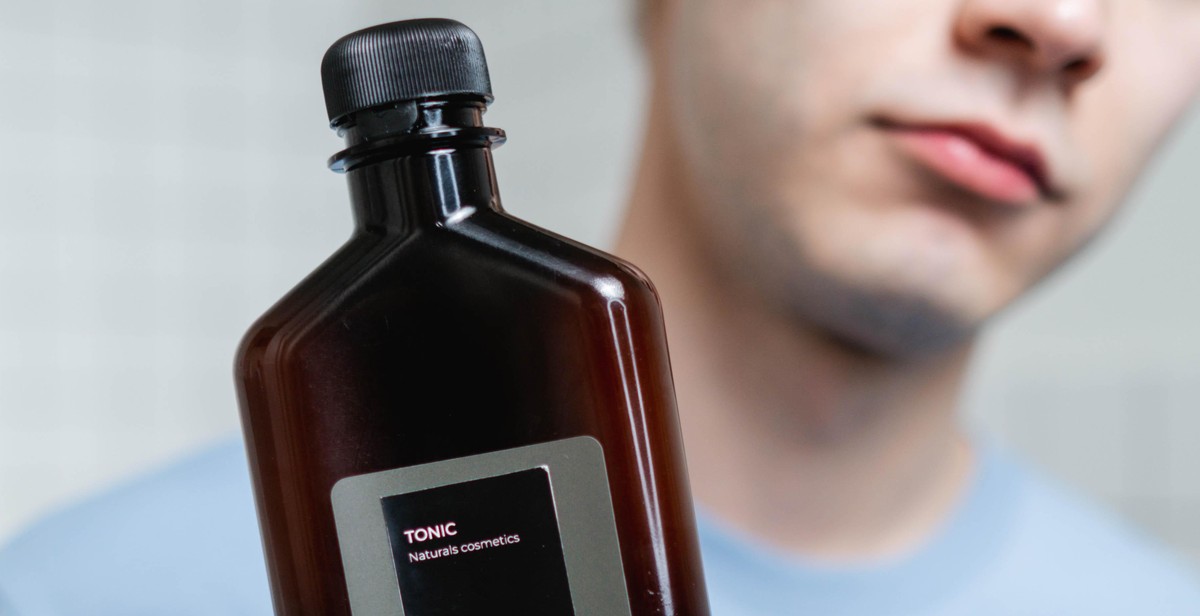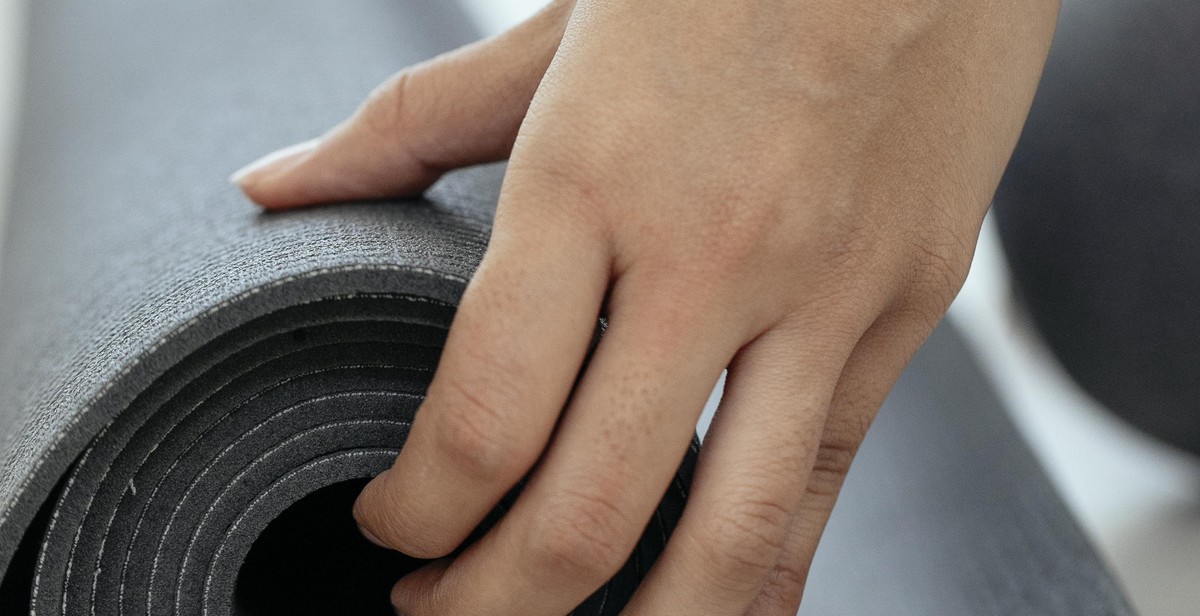How to Prepare for a Pandemic: Steps for Emergency Preparedness
As a professional article writer and content creator, I have seen the importance of emergency preparedness firsthand. With the recent COVID-19 pandemic, many people were caught off guard by the sudden need to stay at home and stock up on essential items.
Why Emergency Preparedness Matters
Emergencies can happen at any time, and being prepared can make all the difference. Whether it’s a natural disaster like a hurricane or earthquake, a pandemic like COVID-19, or a personal emergency like a job loss, having a plan in place can help you stay calm and focused.
Emergency preparedness also ensures that you have the necessary supplies and resources to sustain yourself and your family during a crisis. This includes food, water, medical supplies, and other essentials.
By taking the time to prepare for an emergency, you can reduce stress and anxiety, protect your loved ones, and increase your chances of survival.
- In this article, I will share important steps for emergency preparedness during a pandemic.
- From creating a plan to stocking up on supplies, these tips will help you stay safe and secure during a crisis.
- Remember, it’s never too early to start preparing for an emergency. The sooner you begin, the better off you’ll be in the long run.

Step 1: Create an Emergency Kit
One of the most important steps to take while preparing for a pandemic is to create an emergency kit. This kit should contain essential items that you may need in the event of an emergency. Here are some items to include:
Medical Supplies
- Prescription medications (at least a 30-day supply)
- First aid kit
- Thermometer
- Hand sanitizer (with at least 60% alcohol)
- Disposable gloves
- Masks or face coverings (at least two per person)
Food and Water
- Non-perishable food items (canned food, dried fruit, nuts, etc.)
- Bottled water (at least one gallon per person per day for at least three days)
Tools and Supplies
- Battery-powered or hand-crank radio
- Flashlights
- Batteries
- Multi-purpose tool
- Duct tape
- Plastic sheeting
- Whistle
- Cell phone with charger (solar or hand-crank charger is recommended)
Personal Hygiene Items
- Toilet paper
- Soap and shampoo
- Deodorant
- Toothbrush and toothpaste
- Feminine hygiene products
- Towels and washcloths
Make sure to keep your emergency kit in a designated location that is easily accessible in case of an emergency. Remember to check your kit regularly to ensure that all items are up to date and in good condition.

Step 2: Develop a Communication Plan
One of the most important things you can do to prepare for a pandemic is to develop a communication plan. This plan should outline how you will stay in touch with your loved ones, colleagues, and community members during an emergency situation. Here are some tips to help you create an effective communication plan:
Who to Include in Your Communication Plan
When developing your communication plan, it’s important to consider who you will need to communicate with in the event of a pandemic. Here are some people you may want to include:
- Family members: Make sure you have contact information for all of your immediate family members, as well as any extended family members you may need to communicate with.
- Close friends and neighbors: Consider including close friends and neighbors in your communication plan, especially if you live alone or have limited mobility.
- Coworkers and colleagues: If you work outside of the home, make sure you have a way to communicate with your coworkers and colleagues during a pandemic.
- Local emergency services: It’s a good idea to have the phone numbers for your local police, fire department, and other emergency services in your communication plan.
By including these people in your communication plan, you’ll be better prepared to stay in touch and get the information you need during a pandemic.
Another important aspect of your communication plan is to establish a primary and secondary method of communication. This could be a phone call, text message, or email. Make sure everyone in your plan knows how to use the chosen method of communication and has access to the necessary technology.
| Who | Contact Information | Primary Method of Communication | Secondary Method of Communication |
|---|---|---|---|
| Immediate Family Members | Phone numbers, email addresses | Phone call | |
| Close Friends and Neighbors | Phone numbers, email addresses | Text message | Phone call |
| Coworkers and Colleagues | Work phone numbers, email addresses | Text message | |
| Local Emergency Services | Police, fire department, hospital phone numbers | Phone call | Text message |

Step 3: Stay Informed
During a pandemic, it is important to stay informed about the latest developments and updates. This will help you make informed decisions and take necessary precautions to protect yourself and your loved ones. Here are some reliable sources of information:
1. World Health Organization (WHO)
The World Health Organization (WHO) is the leading global health agency. It provides up-to-date information on pandemics and other health emergencies. You can visit their website or follow them on social media to get the latest updates and recommendations.
2. Centers for Disease Control and Prevention (CDC)
The Centers for Disease Control and Prevention (CDC) is the national public health agency of the United States. It provides information on pandemics and other health emergencies, as well as guidance on how to protect yourself and your loved ones. You can visit their website or follow them on social media to get the latest updates and recommendations.
3. Local Health Departments
Local health departments are responsible for monitoring and responding to health emergencies in your community. They can provide information on local outbreaks and recommendations for staying safe. You can visit their website or contact them directly to get the latest updates.
4. News Outlets
News outlets can provide up-to-date information on pandemics and other health emergencies. However, it is important to rely on reputable sources and avoid misinformation. Stick to trusted news outlets and fact-check any information before sharing it.
5. Social Media
Social media can be a valuable source of information during a pandemic. However, it is important to be cautious and avoid misinformation. Stick to reputable sources and fact-check any information before sharing it.
By staying informed and following the recommendations of reliable sources, you can protect yourself and your loved ones during a pandemic.

Step 4: Practice Good Hygiene
During a pandemic, practicing good hygiene is crucial to prevent the spread of germs and viruses. Here are some tips for maintaining good hygiene:
1. Wash Your Hands Frequently
Wash your hands often with soap and water for at least 20 seconds, especially after being in a public place, blowing your nose, coughing, or sneezing. If soap and water are not readily available, use a hand sanitizer that contains at least 60% alcohol.
2. Cover Your Coughs and Sneezes
When you cough or sneeze, cover your mouth and nose with a tissue or use the inside of your elbow. Throw used tissues in the trash and immediately wash your hands with soap and water for at least 20 seconds.
3. Avoid Touching Your Face
Avoid touching your eyes, nose, and mouth with unwashed hands. This can help prevent the spread of germs and viruses.
4. Practice Social Distancing
Stay at least 6 feet away from others and avoid close contact with people who are sick.
5. Clean and Disinfect High-Touch Surfaces
Clean and disinfect frequently touched objects and surfaces, such as doorknobs, light switches, countertops, and phones, using a household disinfectant.
6. Wear a Mask
Wearing a mask can help prevent the spread of germs and viruses. Make sure the mask covers your nose and mouth and fits snugly against the sides of your face without any gaps.
By following these tips, you can help prevent the spread of germs and viruses during a pandemic and protect yourself and those around you.

Step 5: Plan for Possible Disruptions
When preparing for a pandemic or any emergency, it’s important to plan for possible disruptions that may occur. These disruptions can be related to healthcare, transportation, food supply, and other essential services.
1. Healthcare Disruptions
During a pandemic, healthcare services may be overwhelmed with patients. It’s important to have a plan in place for medical emergencies, including knowing where to go for treatment and having a supply of necessary medications on hand.
2. Transportation Disruptions
Transportation systems may be disrupted during a pandemic, making it difficult to travel to work or access essential services. Consider alternative transportation options, such as walking or biking, and have a plan in place for carpooling or using public transportation if necessary.
3. Food Supply Disruptions
A pandemic can also disrupt food supply chains, causing shortages or price increases for certain items. It’s important to have a stockpile of non-perishable food items and water to sustain your household for at least two weeks. Consider growing your own food or purchasing from local sources.
4. Other Essential Services Disruptions
Other essential services, such as electricity and internet, may also be disrupted during a pandemic. Have a plan in place for alternative sources of power and communication, such as generators and satellite phones.
| Item | Quantity |
|---|---|
| Non-perishable food items | Enough for 2 weeks |
| Bottled water | 1 gallon per person per day for 2 weeks |
| First aid kit | 1 per household |
| Medications | 1 month supply |
| Battery-powered or hand-crank radio | 1 per household |
| Flashlights | 1 per household |
| Extra batteries | For radio and flashlights |
By planning for possible disruptions, you can ensure that you and your family are prepared for any emergency, including a pandemic.

Conclusion
In conclusion, pandemic preparedness is crucial to ensure the safety and survival of yourself and your loved ones during a health crisis. By taking the necessary steps outlined in this guide, you can rest assured that you are well-prepared for any emergency situation.
Remember the key steps for pandemic preparedness:
- Stay informed and up-to-date on the latest information about the pandemic
- Stock up on essential supplies, including food, water, and medical items
- Develop an emergency plan for your household
- Practice good hygiene habits to prevent the spread of illness
- Stay connected with your community and support networks
Remember, pandemic preparedness is not a one-time event. It requires ongoing attention and effort to ensure that you are always ready for any emergency situation that may arise. By following the steps outlined in this guide, you can rest assured that you are doing everything possible to keep yourself and your loved ones safe and secure.
| Author | Your Name |
|---|---|
| Date Published | DD/MM/YYYY |
| Keywords | pandemic, emergency preparedness, health crisis |
